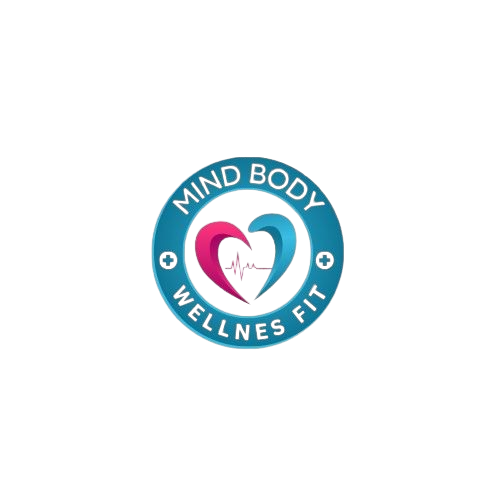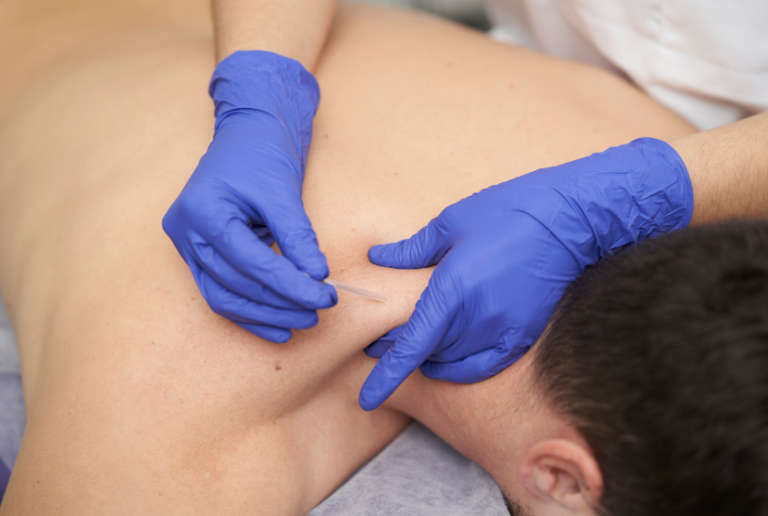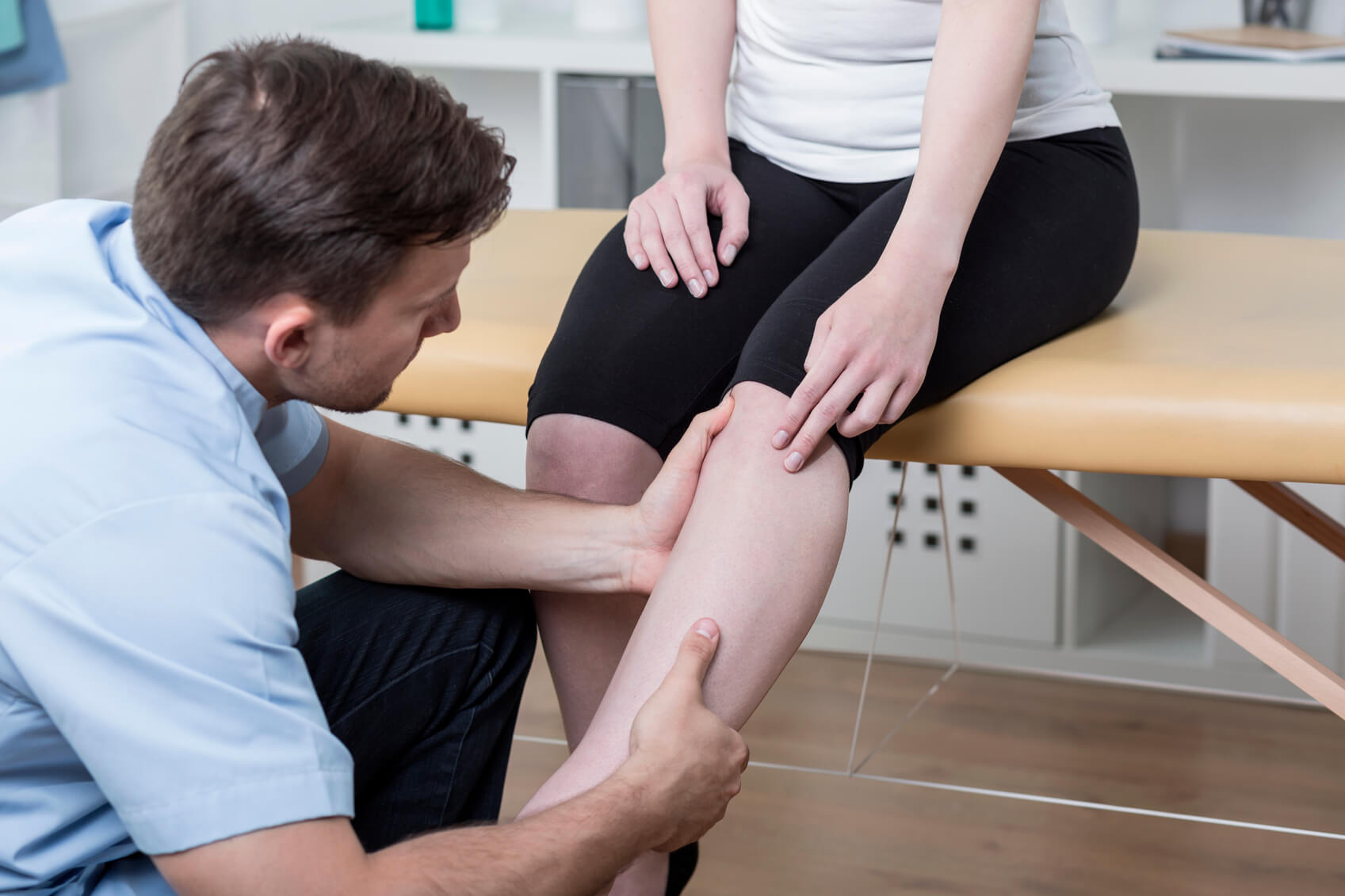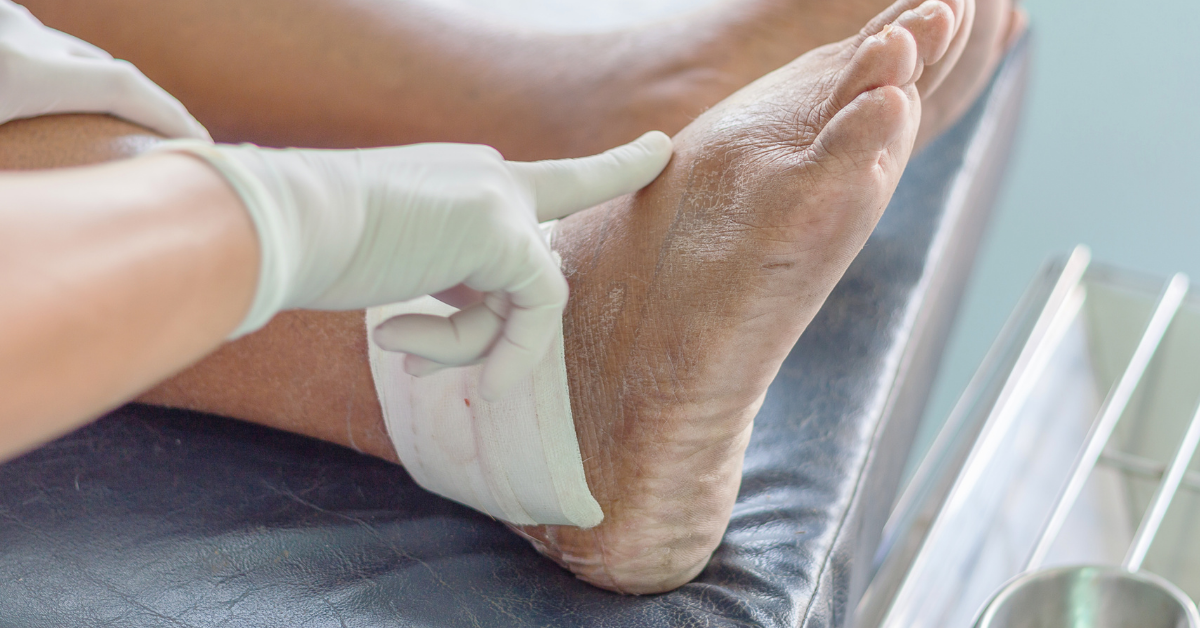Dry needling treatment is rapidly gaining recognition as a powerful solution for addressing muscle pain and discomfort. Unlike traditional methods, it directly targets trigger points and tight muscles, offering effective relief and improved mobility. This blog explores how dry needling treatment works, its benefits, and why it’s becoming a preferred choice for many.
What is Dry Needling Treatment?
Dry needling treatment is a specialised therapeutic approach where thin, filiform needles are inserted into specific muscle areas known as trigger points. Unlike acupuncture, which is rooted in traditional Chinese medicine, dry needling treatment is based on modern medical principles of anatomy and physiology. By targeting muscle knots and areas of tension, this treatment aims to alleviate pain and restore function.
How Dry Needling Treatment Works
The mechanism of dry needling treatment involves the insertion of needles into tight or overactive muscles to release tension. When the needles reach the targeted areas, they stimulate a twitch response that helps relax the muscle, improve blood flow, and reduce inflammation. This process enhances the body’s natural healing abilities, making dry needling treatment a highly effective option for pain relief and recovery.
Benefits of Dry Needling Treatment for Muscle Pain and Discomfort
- Immediate Pain Relief
Dry needling treatment provides quick and targeted relief for muscle pain by releasing trigger points. Conditions such as back pain, neck pain, and sports injuries often respond exceptionally well to this therapy. - Improved Mobility and Flexibility
By reducing muscle tightness, dry needling treatment helps increase range of motion. Athletes and individuals recovering from injuries frequently use this therapy to restore flexibility and regain functionality. - Effective for Chronic Pain Management
Dry needling treatment has proven to be effective in managing chronic conditions like fibromyalgia, myofascial pain syndrome, and arthritis. It addresses deep-seated pain sources that other treatments might overlook. - Non-Invasive and Drug-Free Approach
One of the key benefits of dry needling treatment is its non-invasive nature. It offers a natural alternative to pain relief without relying on medications, making it an appealing choice for individuals seeking holistic healing. - Faster Recovery from Injuries
By enhancing circulation and reducing inflammation, dry needling treatment accelerates the recovery process. Whether it’s post-surgical rehabilitation or sports injury recovery, this treatment helps patients get back to their routines faster.
Who Can Benefit from Dry Needling Treatment?
Dry needling treatment is suitable for a wide range of individuals. Athletes often turn to this therapy to recover from muscle fatigue and improve performance. People suffering from chronic pain or muscle tension also benefit greatly. However, it’s essential to consult a qualified practitioner to determine if dry needling treatment is appropriate for your specific needs.
What to Expect During a Dry Needling Treatment Session
During a dry needling treatment session, a licensed practitioner will first assess your condition to identify trigger points. Thin needles are then gently inserted into these areas, causing a twitch response that releases tension. While some mild discomfort may occur during the procedure, most patients report significant pain relief afterward. Post-treatment effects may include temporary soreness, which typically subsides within 24-48 hours.
Dry Needling Treatment vs Other Therapies
Compared to other therapies like massage or physical therapy, dry needling treatment uniquely targets deep muscle knots that are often difficult to reach. While massage may relax surface muscles, dry needling treatment provides a deeper release, making it an excellent complementary therapy for comprehensive pain management.
Potential Risks and Side Effects
Although dry needling treatment is generally safe, minor side effects such as bruising, temporary soreness, or slight bleeding at the needle site may occur. Choosing a certified practitioner ensures the procedure is performed safely and effectively, minimising risks. Always communicate openly with your provider about any pre-existing conditions or concerns.
FAQs About Dry Needling Treatment
- Does dry needling treatment hurt? Some patients feel mild discomfort, but the benefits of pain relief often outweigh this.
- How many sessions are needed? The number of sessions varies based on the condition and individual response.
- Is dry needling treatment safe for everyone? While generally safe, it’s not recommended for individuals with certain conditions, such as those with needle phobia or specific medical contraindications.
- What conditions can dry needling treatment treat? It effectively addresses muscle pain, sports injuries, chronic pain syndromes, and more.
Takeaway
Dry needling treatment offers a highly effective solution for muscle pain and discomfort, combining modern medical principles with a focus on patient relief. Its benefits, including immediate pain relief, improved mobility, and faster recovery, make it an invaluable tool in pain management and rehabilitation. If you’re considering dry needling treatment, consult a qualified practitioner to explore how it can improve your quality of life.






